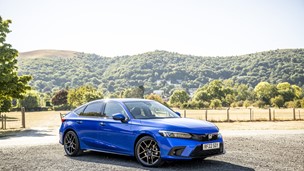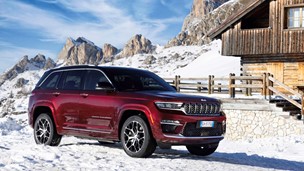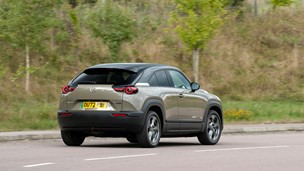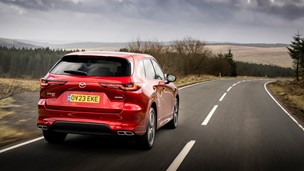It's a dizzying thought that Land Rover has been building this thing for roughly half the entire history of the motor car. The name is a relatively recent addition, dating back only as far as 1990, and of course there has been a great deal of development, but the fact remains that there is a solid line stretching from the current Defender to the car that introduced Land Rover to the market in the late 1940s.This can't go on for ever. The Defender as we know it is on death row, with no chance of a reprieve from the capital punishment eventually to be administered by ever more stringent regulations which have for many years now been making its continued presence all the more difficult to sustain.But there is still a market - a very small one, undoubtedly, but there's definitely still a market - for a vehicle of this kind, and Land Rover aims to have something to sell in it for as long as possible. For the 2007 model year, therefore, the company has introduced a whole range of improvements.These start under the bonnet, where you will now find a new 2.4-litre Ford turbo diesel engine mated to (get this) a six-speed gearbox. The facia has been modernised, the seating configuration is new, and the heating and ventilation system has been upgraded.This is not to say, though, that the Defender has suddenly gone soft, or become some kind of "lifestyle SUV". The 2007 changes have probably done very little to provide any extra appeal to people who don't need - or would be intimidated by - anything quite so uncompromising.Despite all the revisions, the Defender is still a hardcore off-roader which seems as out of place as a goat in a swimming pool when you take it on to the public highway. NVH (noise, vibration and harshness) technology is hardly a priority, so however good the new engine is it still makes a hell of a racket in here.The seating may be better than before but it's still very uncomfortable, and there is hardly any space for a tall driver - personally I couldn't avoid having my right thigh embedded in the doorhandle, my left calf in the handbrake.That fancy new facia is hardly state-of-the-art (are those early 1990s Rover switches?), and the so-called "high output" heating/ventilation system isn't up to much either. As for safety (one of the things that will probably bring production to a halt in the near future), Euro NCAP hasn't tested this car, probably because it would punch a hole right through the outer wall of the test centre, but I imagine it would be safe to say that one of the key requirements for a prolonged and active life is to avoid standing in front of Defenders.On top of all that, it's pretty slow; I haven't checked, but there can't be many cars on sale these days with an official maximum of 82mph. Not that you'd want to investigate even that kind of speed, since the handling isn't up to much.Combined fuel economy of 25.7mpg, on the other hand, isn't too bad, and compared with some really hefty SUVs the CO2 figure of 291g/km isn't particularly frightening, though it does mean heavy taxation. As with all other Land Rover products, the price includes a donation calculated from the CO2 that is expected to be emitted in the first three years of the car's life and passed on to Climate Care for use in various projects involving renewable energy, clean technology and energy efficiency intiatives.Still, this is not a car for tarmac-loving softies like me, and I dare say like you too. On the other hand, people who can - and must - truly use Defenders to their full potential had already been left behind even before the new version came along. A friend of mine works on a quarry which, though it's on the mainland, is accessible only by boat, so it's important that the company's vehicles can be maintained on-site (where, incidentally, there are more Defender spare parts than the nearest Land Rover dealer carries).It was a black day for the quarry when a new fleet of Defenders was required and the company realised that its mechanics could no longer look after every last piece of servicing that might arise. After a certain point in Land Rover's history there were some jobs which could not be done other than with prohibitively expensive computerised equipment.The quarry people got round that by buying export models instead. They certainly won't be interested in the UK-spec 2007 Defender, and I'm sure it's the case that most people who need something that does everything the Defender can do are going to avoid versions like the test car for the same reason.So as well as being quite definitely not the sort of thing you want if you're never going to venture off the tarmac, the Defender also disqualifies itself for consideration among off-road extremists. This does, however, leave a small (about 6000 annually in the UK) but important middle ground of customers who want exactly what the Defender provides.People who demonstrate other manufacturers' products to the motoring press are usually keen to point out that those vehicles are better than Land Rovers in this way or that, but the fact that Defender sales are still healthy - to the point where Land Rover clearly wants to continue building the car in whatever form it can - demonstrates that for some enthusiasts this is the only thing that will quite do.
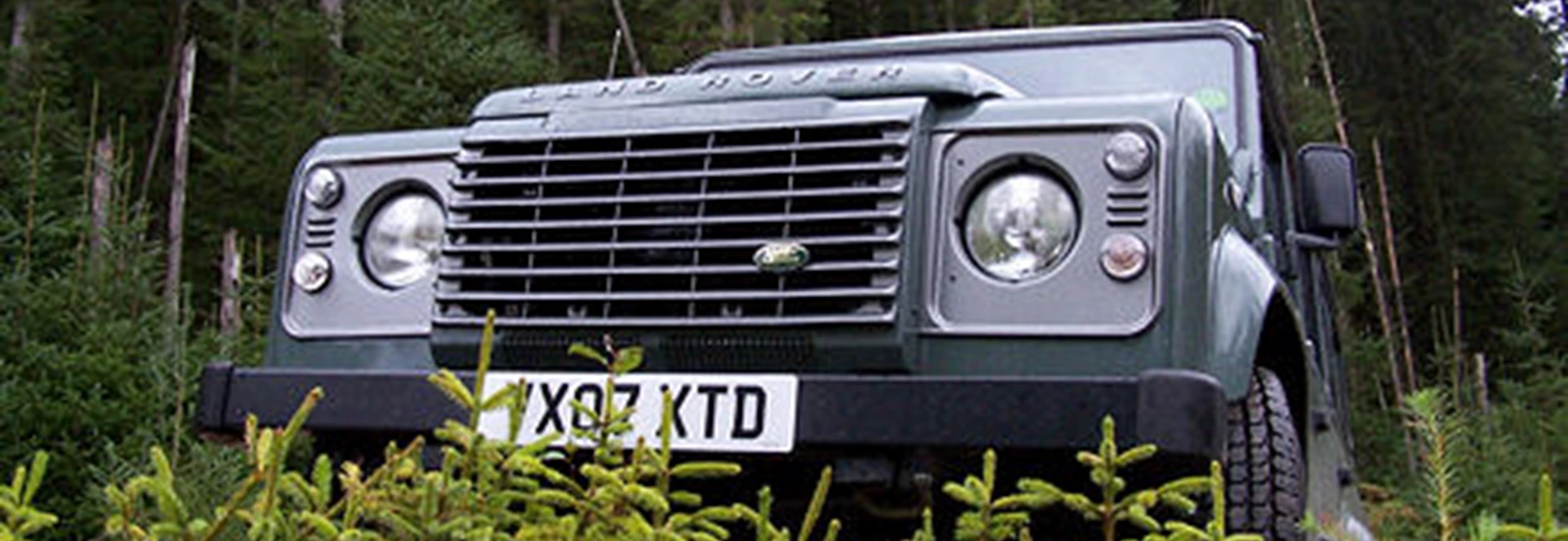
Our Rating
